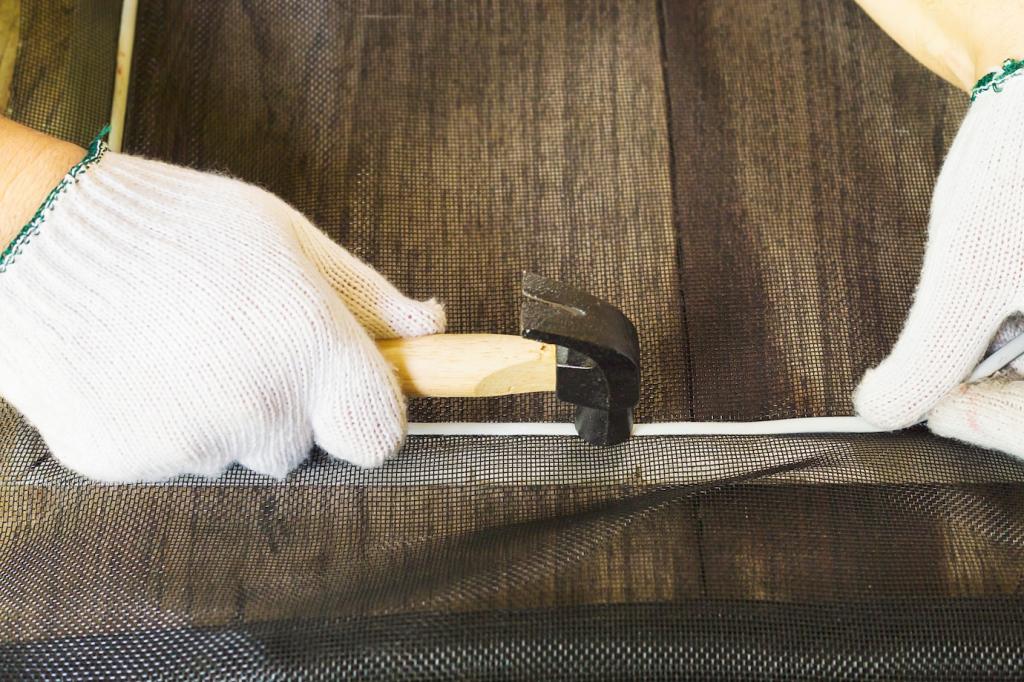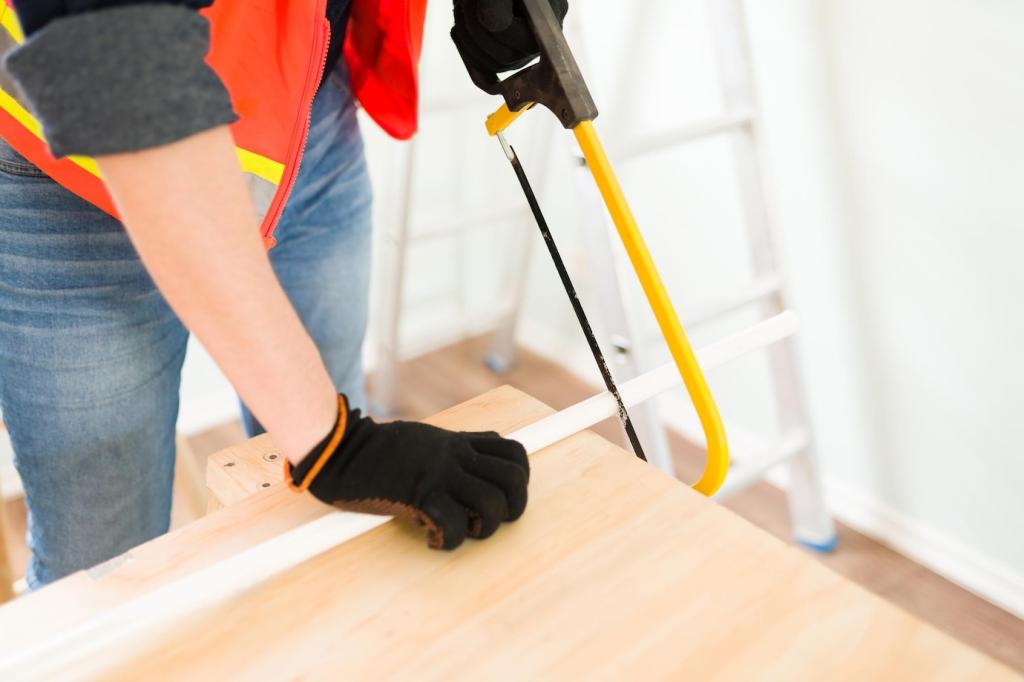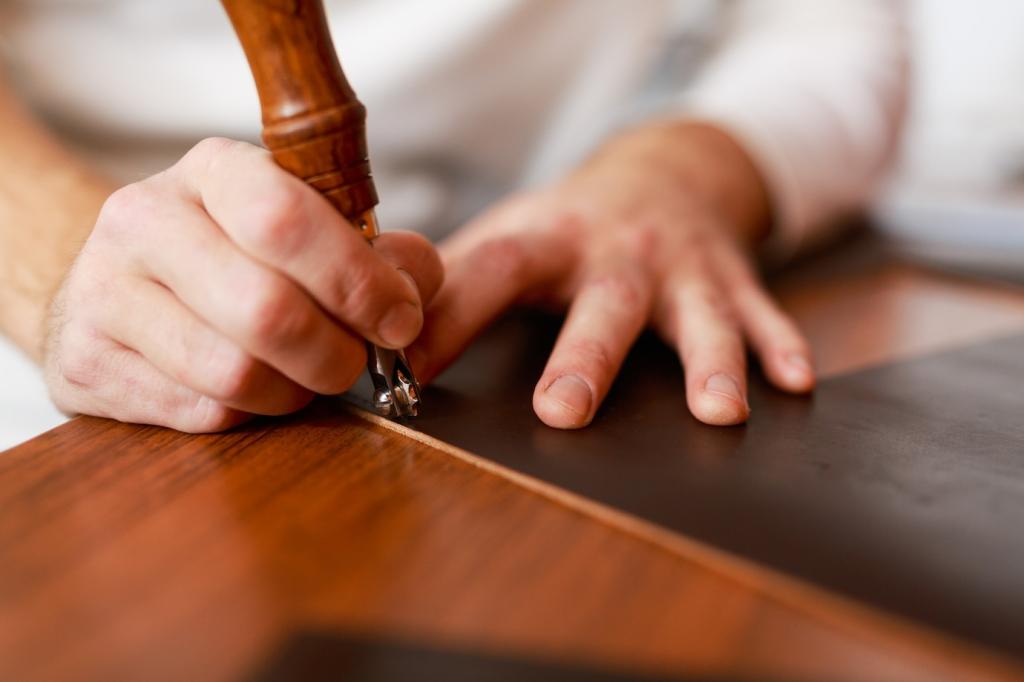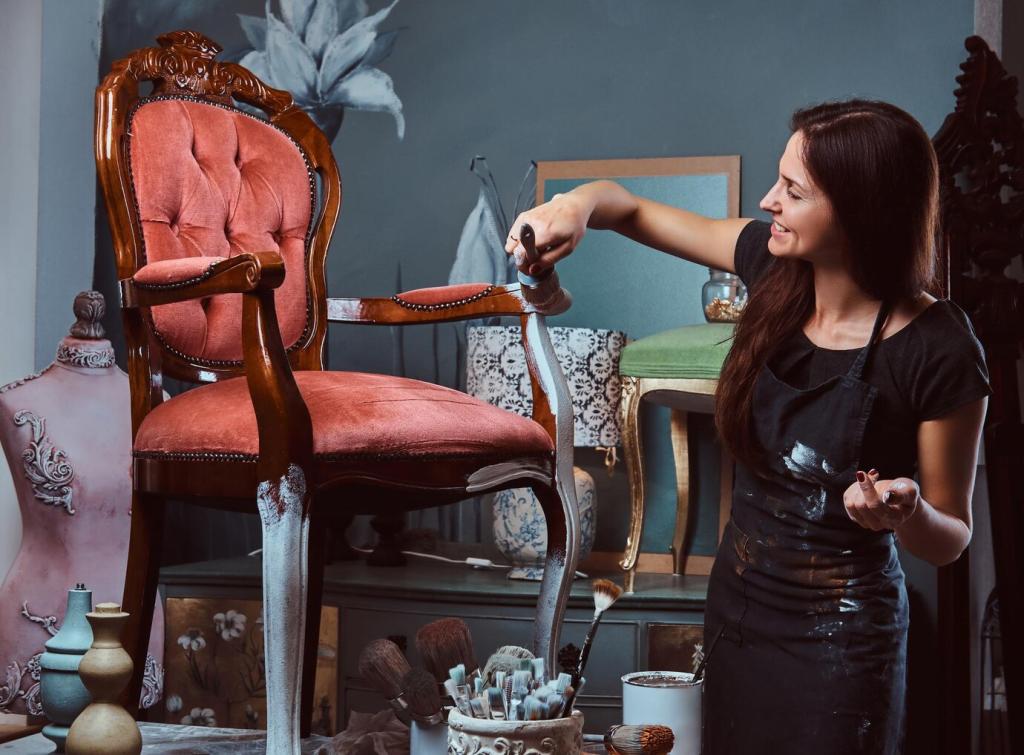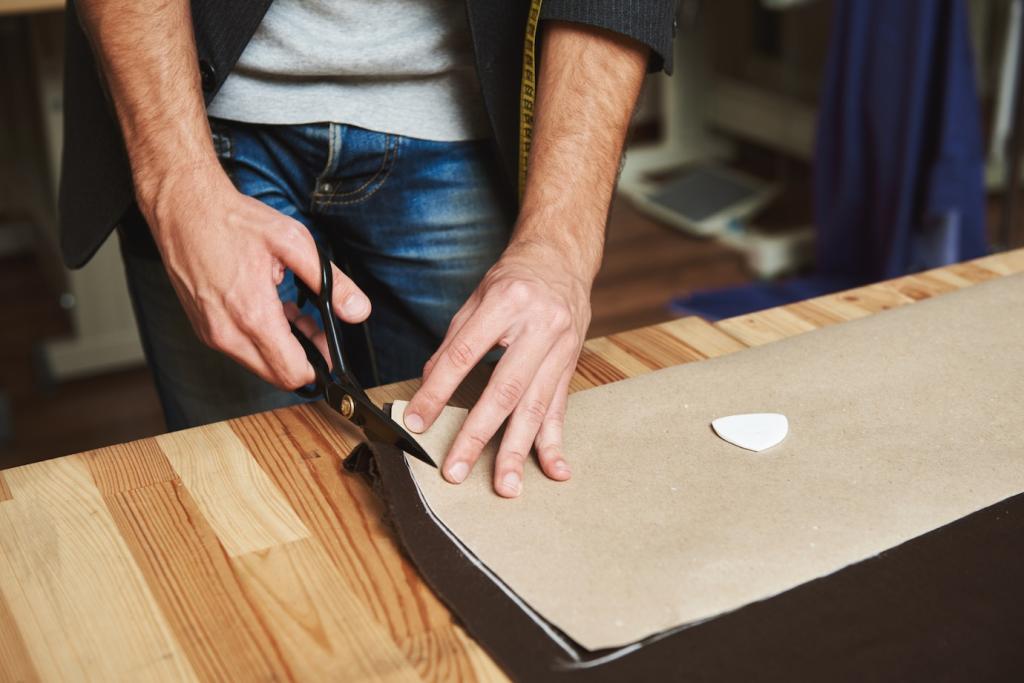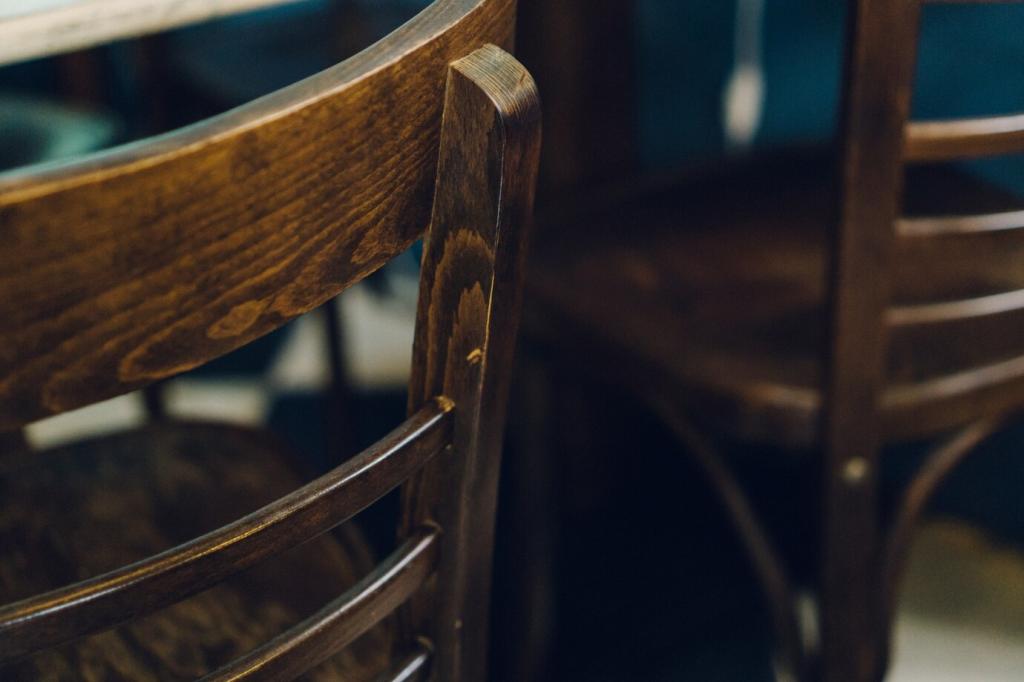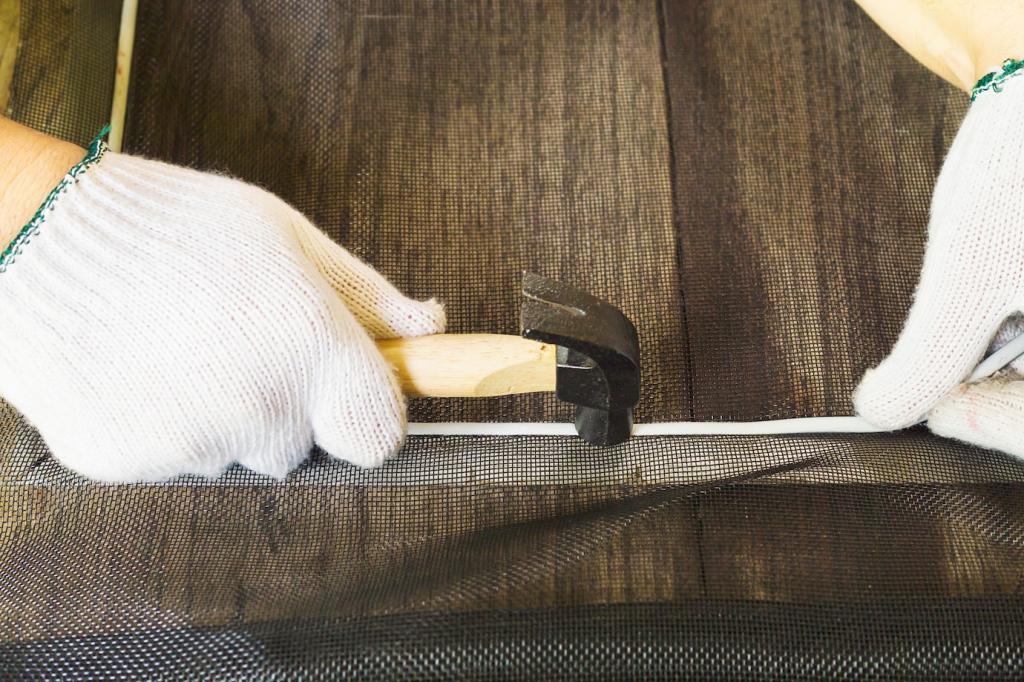Understanding How Stains Protect and Prolong
Penetrating stains soak into fibers, reinforcing from within and reducing swelling cycles that fatigue joints. Film-forming finishes build a protective shell, blocking abrasion and spills. The best lifespan often comes from pairing both approaches thoughtfully for the furniture’s actual use.
Understanding How Stains Protect and Prolong
Pigments scatter ultraviolet light, slowing photo-degradation that weakens lignin and fades color. Dyes deepen tone uniformly but need a protective topcoat. Binders anchor color to fibers, influencing scratch resistance and how the wood breathes through seasons.

